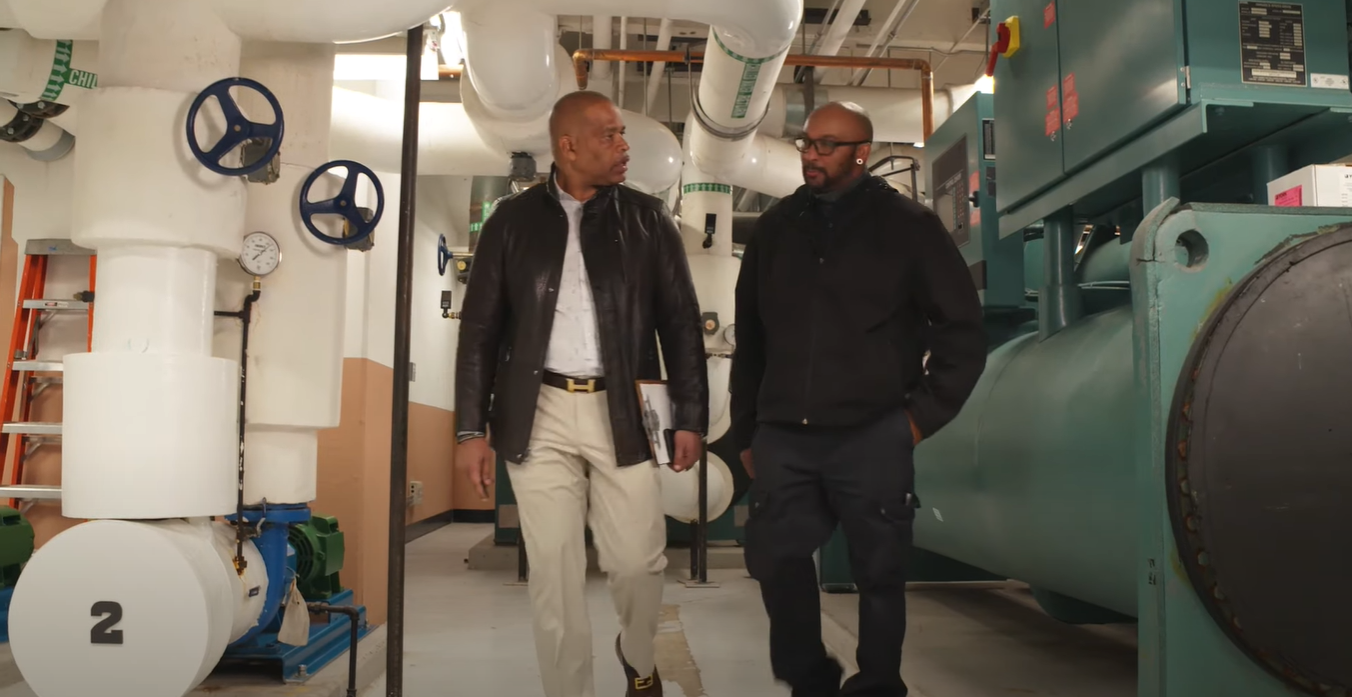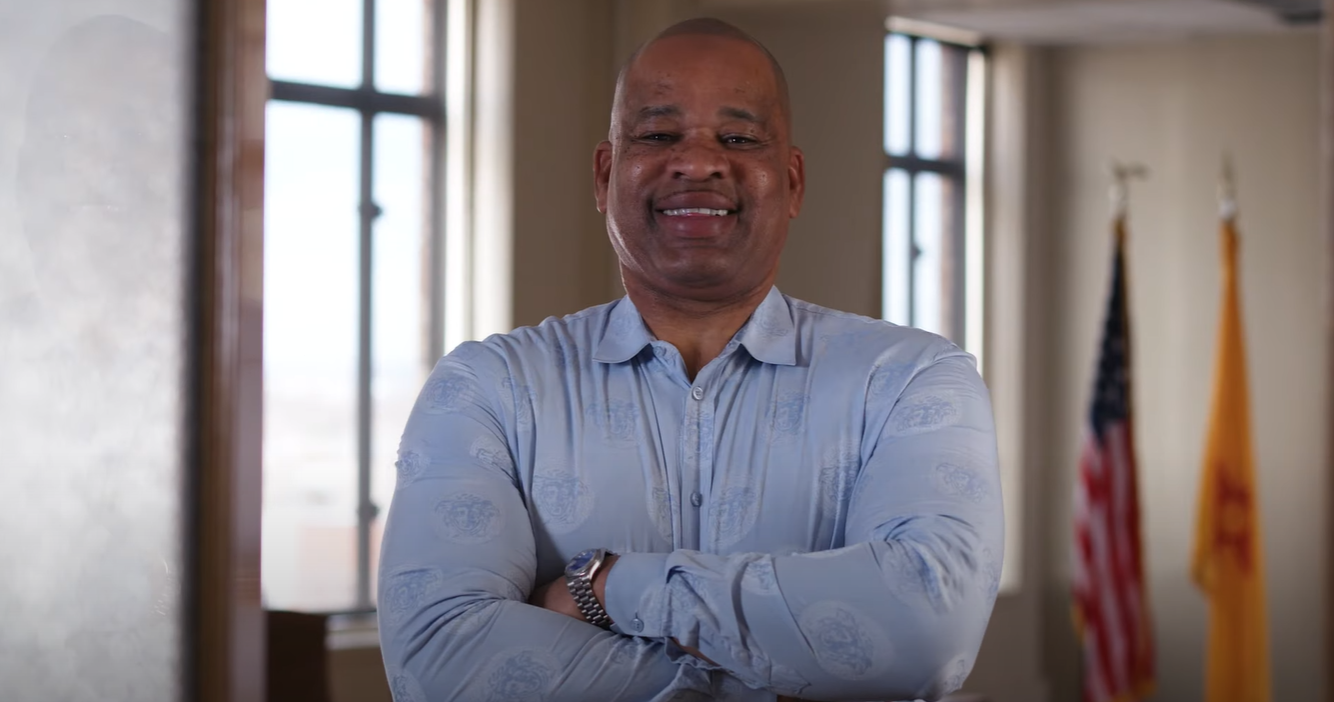This is the fifth post in a series highlighting different aspects of strategic planning in the Federal Government. Today, we will meet the U.S. Small Business Administration and learn how they leverage their strategic planning initiatives to hit Government-wide objectives, including partnering with and growing disadvantaged small businesses.
When Douglas Craft retired from the military, he landed in New Mexico and started his own business: Crystal Clear Manufacturing, a company specializing in janitorial services, operations and maintenance, and landscaping.
Thanks to the support of the U.S. Small Business Administration (SBA), Croft’s company grew from a net worth of $80,000 to more than $25 million – more than a thirtyfold increase.
The SBA provides services to the business community by helping small business owners access mentoring, counseling, and training, capital, and government contracting assistance. Craft received support in all of these areas. The SBA helped him file for veteran benefits and enrolled him in their 8(a) program for socially and economically disadvantaged businesses. This opened the door for Crystal Clear Manufacturing to grow.
As a service-disabled veteran, Craft was also eligible for the 3% of federal contracting opportunities that are mandated by law to service-disabled veteran-owned companies. The first federal contract Craft was awarded was a $1.2 million contract to clean a federal building in Colorado. That was just the beginning for Craft and with the SBA’s continued support, he has received many federal contracts across the country.
Historically, about 10% of federal agencies’ total eligible contracting dollars typically go to small-disadvantaged businesses. Small-disadvantaged businesses (SDBs) are defined as a business where at least 51% is owned by one or more individuals who are both socially and economically disadvantaged; for example, Black and Latino-owned businesses are classified as SDBs.
President Biden’s Executive Order 13985 directed agencies to work to make contracting opportunities more readily available to all eligible firms and to remove barriers faced by underserved individuals and communities. In June 2021, President Biden reaffirmed his commitment by announcing a bold new goal to increase the share of contracts going to SDBs by 15% by 2025.
The SBA is determined to hit this goal. In their new strategic plan, they set an Agency Priority Goal (APG) that specifically focuses on increasing disadvantaged small business growth through federal procurement. This APG commits the SBA to increase federal contracting awards to SDBs to 12% by September 2023.
Douglas Craft’s story is just one example of how the SBA supports small businesses. The SBA actively creates multiple opportunities for small businesses like Crystal Clear Manufacturing to work with and alongside the Federal Government.
While the 12% increase outlined in the SBA’s APG does not look large on paper, it represents billions of dollars in investments in small-disadvantaged businesses. That amount of growth and investment will have a positive effect on our economy by promoting diversity, equity, inclusion, and accessibility; closing the wealth disparity gap in the United States; and helping an increased number of Americans like Craft realize their entrepreneurial dreams.
The SBA is rigorously working to ensure they can deliver on this APG and best support small-disadvantaged businesses through technical assistance and business development services to businesses so that they can better compete for federal contracting awards.



